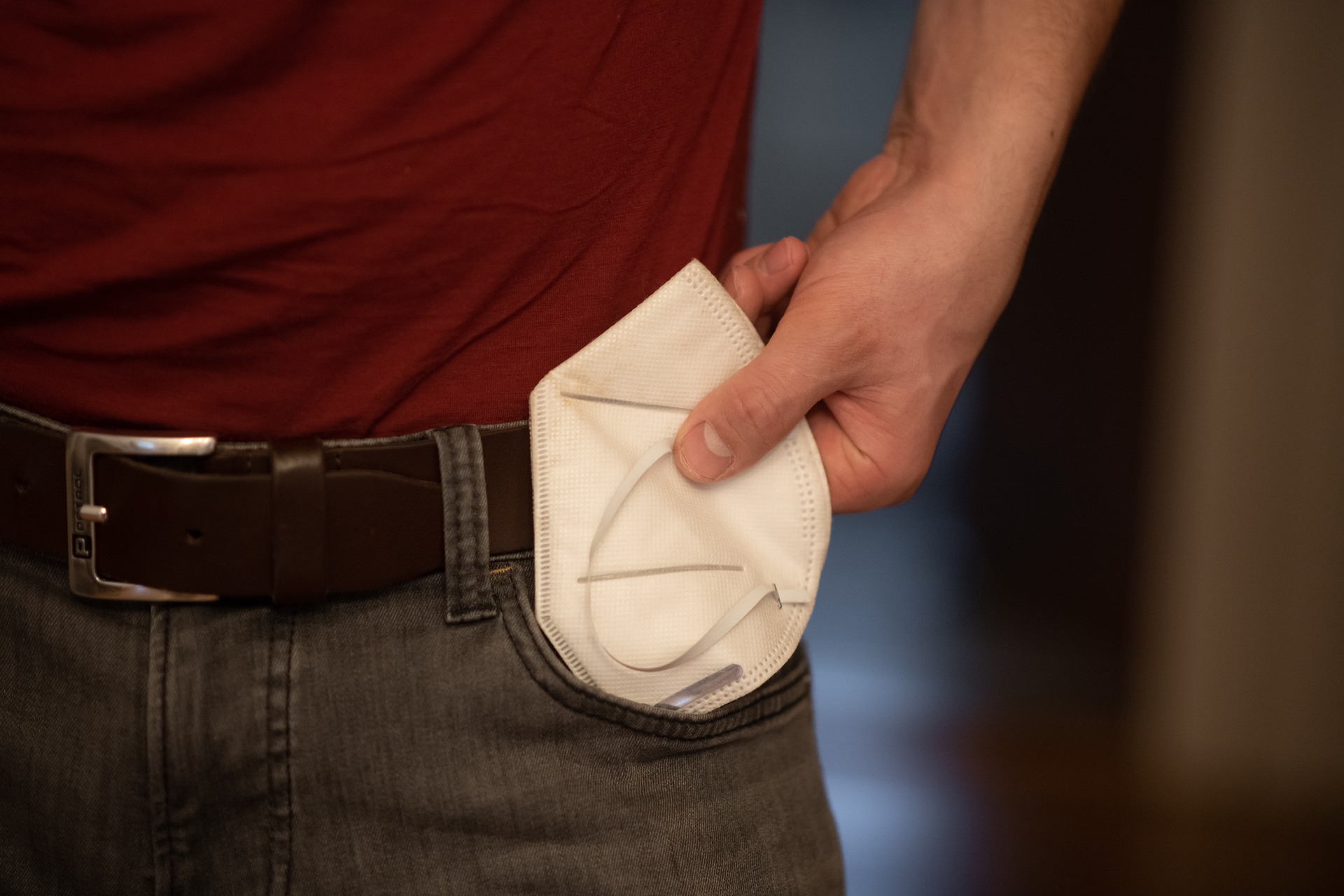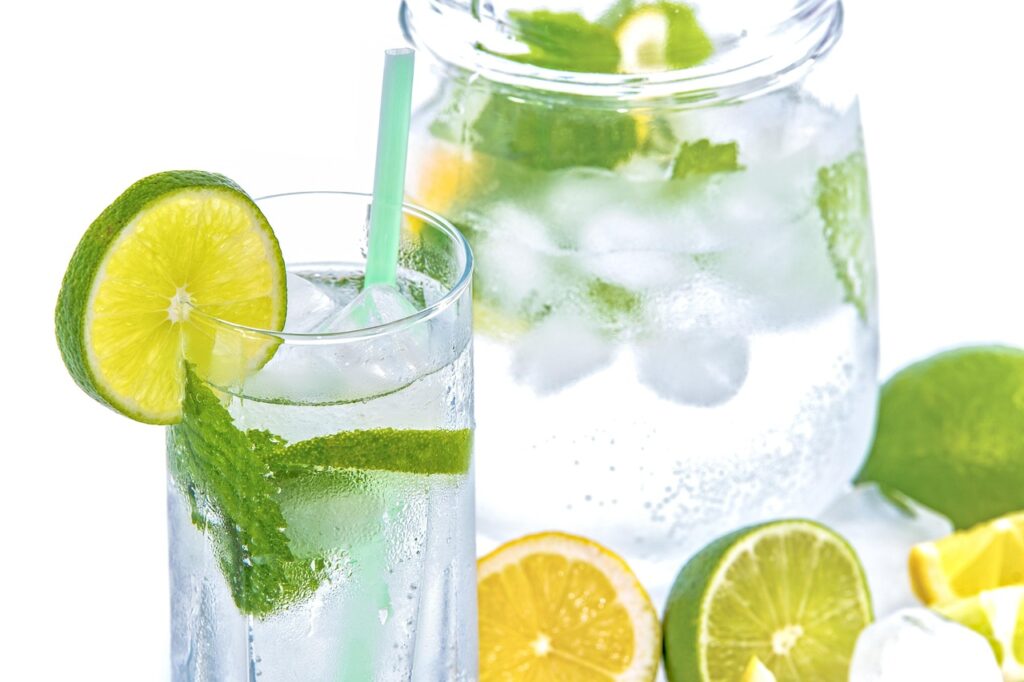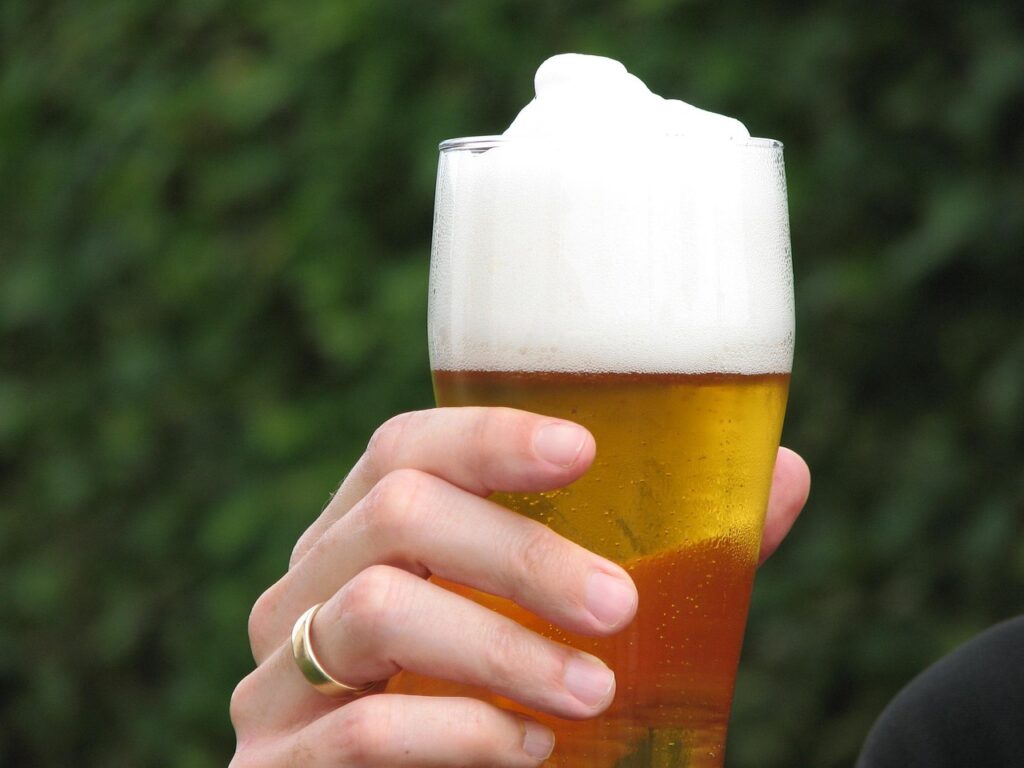FFP2 masks are actually intended for single use only. That’s what it says in the instruction leaflet or on the packaging. In everyday life, however, things are usually quite different: shopping at the supermarket, then a quick trip to the post office, picking up the kids from kindergarten – all with the same mask. Afterwards, the mask remains in the jacket pocket so that it can be reused the very next day. That’s convenient and saves money.
But does the mask then still protect against infection with the SARS-CoV-2 coronavirus as it did when first worn? A team of researchers at Munich University of Applied Sciences got to the bottom of this question. “We examined the filtering effect and breathing resistance of 15 FFP2- mask models available in Germany before and after a 22-hour use simulation,” says scientific project leader and professor of medical technology Christian Schwarzbauer.
A respiratory simulator was developed specifically to simulate the efficacy of multiple wear of common FFP2 masks. With it, humidity, temperature, pressure and breathing time volume of human respiration during light physical exertion were exactly simulated.
Tested for a total of 22 hours
Each mask was first “ventilated” with the respiratory simulator for twelve hours and then placed in a drying oven at 80 degrees Celsius for 60 minutes. Heat treatment in the oven at 80 degrees Celsius was investigated and recommended by the Münster University of Applied Sciences as a hygiene measure when reusing FFP2 masks.
The mask was then connected to the respiratory simulator again for ten hours and then subjected to a second heat treatment in the drying oven. Testing of the masks for filter performance and breathing resistance was carried out in collaboration with ift Rosenheim GmbH, an internationally accredited and notified testing laboratory for FFP2 masks.
Do not put them in your pocket
Twelve of the 15 FFP2 mask models tested passed the laboratory test. One mask model could not meet the standard in terms of filtering performance, either when it was new from the factory or after the in-use simulation. “Such masks should not actually be on the market in the first place” criticizes Schwarzbauer.
Through the use simulation, the masks were exposed for a total of 22 hours to a load that would result from breathing during light physical activity. “If an FFP2- mask is only worn for a few hours a day during moderate physical activity, then I don’t see any problem with regard to the protective effect and breathing comfort if this mask is reused on several days,” Schwarzbauer says. “For hygienic reasons, however, you shouldn’t just put the mask in your pocket after wearing it, but hang it up to dry.”
Breathing easier
Reusing the masks reduces the breathing resistance of the masks. “This makes the masks a little more comfortable to breathe, but otherwise it’s not a problem because the protective effect is still there,” Schwarzbauer says.
One mask model was above the maximum permissible limit for breathing resistance, both when it was brand-new and after the in-use simulation. “This model provides sufficient protection against infection, but the increased breathing resistance during inhalation can be problematic during heavy physical exertion or for older persons,” Schwarzbauer explains. For another model, the limit value for breathing resistance was exceeded after the use simulation.
This post has already been read 2995 times!



